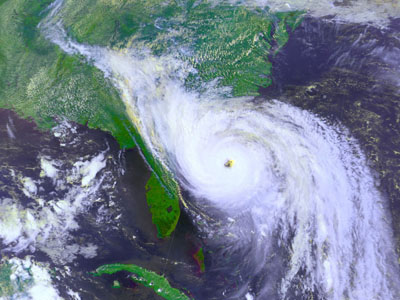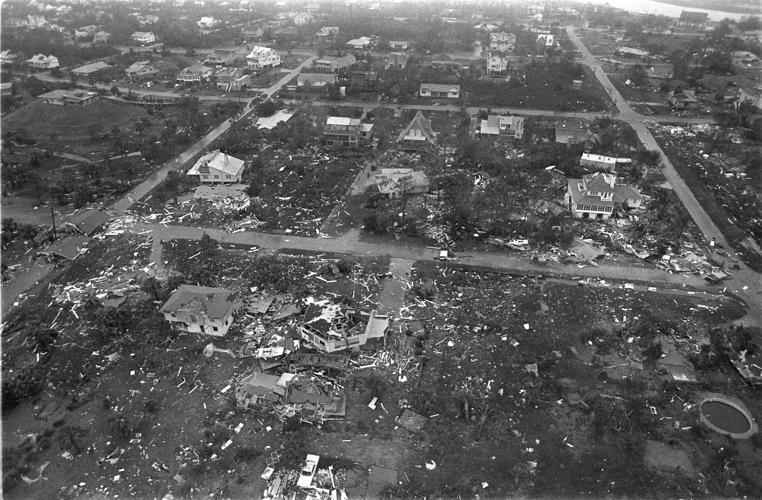er water, and centuries-old buildings crumbled in a single night. The storm struck at high tide, which only magnified its force, flooding historic downtown streets and pushing boats from their moorings into residential areas.
For those who stayed behind, the night of September 21 was terrifying. The winds roared like jet engines, and the pressure changes made houses groan as if they were alive. Families huddled in hallways and closets as glass shattered and trees split in half. In the morning, Charleston was almost unrecognizable. Sullivan’s Island, Isle of Palms, and McClellanville had been devastated. Power was gone across much of South Carolina, and in some areas it took over a month to return. The official damage estimate reached nearly $10 billion, and more than 60 people were killed across the region.
But Hugo’s story in Charleston is not just one of destruction; it is also a story of response and transformation. In the immediate aftermath, emergency aid poured in. The National Guard was deployed to restore order, deliver supplies, and prevent looting. President George H. W. Bush declared parts of South Carolina a federal disaster area, allowing FEMA to coordinate recovery and provide funding. Shelters were quickly organized in schools, churches, and community centers, where neighbors and strangers shared food, water, and comfort.
What came next was more lasting. State and local governments realized that South Carolina’s building standards and emergency systems had been woefully unprepared for a storm of Hugo’s scale. In the years after, sweeping changes were introduced. The state updated building codes to require stronger roofs, hurricane straps, and better window protection, especially in coastal counties. The South Carolina Emergency Management Division was strengthened and provided with additional resources to coordinate evacuation plans and disaster response. Evacuation routes along I-26 and other highways were reconfigured to move more people inland more quickly. Local governments also began investing in improved floodplain management, stricter zoning in vulnerable areas, and infrastructure designed to withstand future storm surges.
Charleston itself became a case study in resilience. After Hugo, businesses and city leaders pushed for stronger communication networks so residents could receive accurate warnings earlier. Hospitals and emergency shelters were reinforced to stay operational even if power grids failed. By the mid-1990s, Charleston was widely regarded as one of the better-prepared coastal cities for hurricane response, although challenges persist with sea-level rise and climate change exacerbating stronger storms.
Today, when a hurricane threatens, Charleston’s memory of Hugo is never far away. Sirens, evacuation orders, and the sight of boarded-up windows a
re reminders of that September night in 1989. The city emerged scarred but more resilient, with systems in place designed to protect life and property in ways that had not existed before Hugo. In that sense, the storm reshaped not just the skyline but the very way Charleston thinks about survival in a landscape where the sea is both a gift and a threat.


Comments
Post a Comment